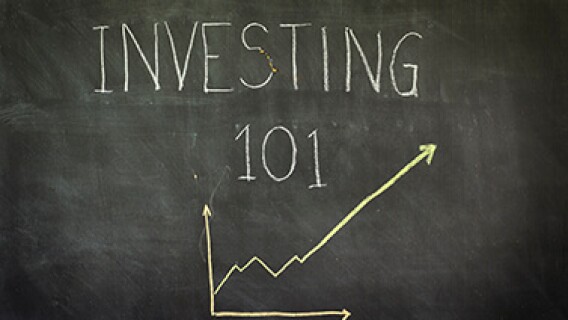When market pundits toss about terms like “growth stocks” and “value stocks,” it seems as if they’re saying “companies that are growing” vs. “companies that are not growing,” so we sugar-coat these companies and pretend that they have “value.” That’s not really what growth vs. value means!
If we redefine the concept to include three major stock categories (setting aside high-dividend stocks, which have a completely different investment purpose), then the “growth vs. value” discussion makes a lot more sense. There are high-P/E growth stocks, low-P/E growth stocks, and stocks of companies that are not growing their profits at all.
High-P/E growth stocks tend to have very bullish price charts and move quickly. A high-P/E generally adds valuation risk to your investment. The fast price movement also adds risk.
[text_ad use_post='129629']
Low-P/E growth stocks tend to have less-bullish price charts. A low P/E generally indicates that the stock has been ignored by investors.
Companies that are not growing their revenue and profits could appeal to investors for specific reasons, such as prospects of FDA product approval or M&A activity. But in general, it’s going to be harder to achieve capital appreciation with stocks that represent non-growing companies.
Growth stocks can cycle through phases where they’re represented in the high-P/E category, and later in the low-P/E category, simply depending on whether they’re in or out of favor among investors. For example, in recent years, E-Trade (ETFC) has been alternately a high-P/E growth stock and a low-P/E growth stock. Despite aggressive annual EPS growth, E-Trade’s P/E fell from 26 in late 2015 to 10 today.
U.S. stock-investing trends seem to be slowly rotating from high-P/E growth stocks to low-P/E growth stocks, essentially giving previously-ignored stocks a chance to rise again. A great relief!
The market’s never going to assign a specific definition to “value,” so it’s your job to decide what “value” should look like in your portfolio. If you’re chatting with a friend or a financial professional who cannot define “value,” then guess what? You are more educated about stock investing than they are, so be wary of their stock recommendations!
Boeing (BA) Stock: A Teachable Moment
While we’re on the subject of growth stocks vs. value stocks, let’s talk about a stock that no longer falls into either category: Boeing (BA).
Last week I wrote, “I urged you, earlier this year, to avoid owning Boeing stock because major corporate problems or scandals have a way of continuing to unfold with repeated bad news… Just because Boeing shares rebounded nicely from recent lows does not mean that shareholders can let down their guard!”
Then, lo and behold, more bad news about Boeing emerged about employee text messages that indicate awareness of a 737 MAX jet problem back in 2016. Yet again, Boeing has some ‘splaining to do, and BOOM!, Boeing stock fell $40 in two days.
There are many aspects of stock market volatility that investors cannot anticipate. Stock investing takes guts! I’m not trying to beat a dead horse – or gloat – when I remind you of trouble at Boeing that can harm the share price, the same way I reminded you about trouble at General Electric (GE) and their share price in 2017 and 2018. Rather, I want you to learn to recognize risks associated with stock investing, one risk at a time.
In general, high-P/E stocks carry more risk than low-P/E stocks, companies with high debt levels carry higher risk than companies with low debt levels, and companies that are embroiled in huge problems or scandals put a lot of risk into investors’ hands in the form of potentially-falling share prices. As much as you want to tell yourself that your stock won’t fall any further, or that the current low price is a buying opportunity, try hard to refrain from those lines of reasoning when the company is frequently featured in justifiably negative news headlines.
There’s an art to investing well. It’s a learning process. Take the time to observe, and ponder risks. There will be other good stock opportunities tomorrow. You don’t have to compromise by jumping on a risky stock today.
And you also don’t have to simply pick a growth stock or a value stock. You can have both! My Cabot Undervalued Stocks Advisor portfolios features a couple dozen stocks that combine elements of growth and value. To learn more, click here.
*Editor’s Note: This post was excerpted from a recent issue of Cabot Undervalued Stocks Advisor.
[author_ad]

